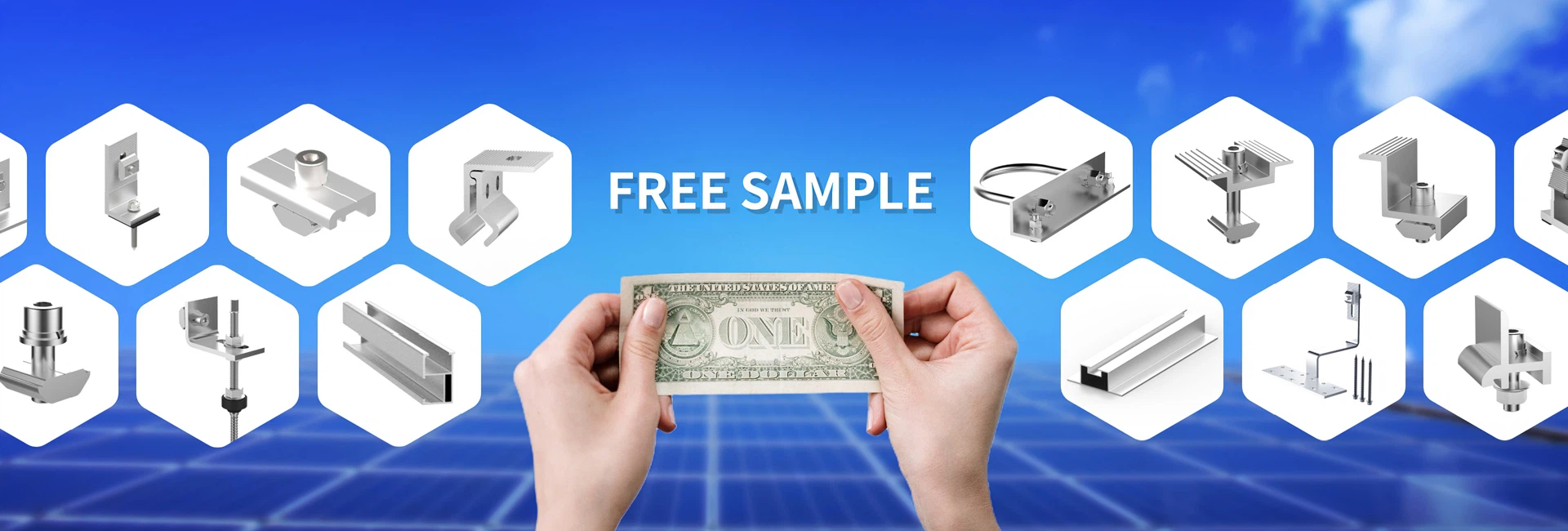Highlights of the floating solar power plant
Mar 27, 2024
Floating solar power installations offer a versatile solution for generating electricity on various water bodies, such as ponds, lakes, reservoirs, and coastal areas. This document outlines the benefits and key considerations for constructing floating solar energy systems.

Key Components of Floating Solar Systems
The primary elements of a floating solar system include photovoltaic panels, a convergence box, an inverter, and the floating structure itself, which predominantly uses HDPE (High-Density Polyethylene) for buoyancy. This choice of material makes the floating structure more cost-effective, approximately one-fourth the cost of traditional steel-based solar structures.
Benefits of Floating Solar Farms
1. Conservation of Land: As land becomes increasingly scarce for solar installations, floating solar offers a space-saving alternative that bypasses the need for land excavation or construction, saving both time and expenses.
2. Enhanced Energy Production: Water naturally cools the solar panels, maintaining their efficiency even in higher temperatures. This cooling effect can boost energy output by around 11%, as demonstrated by a significant floating solar project in Hyogo, Japan.
3. Protection of Water Resources: Floating panels help reduce water evaporation and limit the growth of algae by shading the water surface.
4. Simplified Maintenance: Systems like the Wanhos floating solar structure are designed for easy access and maintenance, featuring pathways that facilitate cleaning and upkeep.
5. Bypassing Land Limitations: For countries with limited available land, floating solar installations unlock the potential to harness solar energy without sacrificing valuable terrestrial space.
6. Dual Economic Benefits: In aquatic farming areas, floating solar systems can provide shade, creating a more conducive environment for aquaculture, while generating electricity, thereby offering dual benefits.
7. Attraction Value: The orderly array of solar panels on the water can become a visual attraction, drawing visitors and potentially boosting local tourism.
Construction Considerations for Floating Solar Systems
1. Bracket System Requirements: The floating structure must securely support the solar panels on water for over 25 years, necessitating materials that are durable, corrosion-resistant, and capable of handling significant loads.
2. Increased Initial Costs: Setting up a floating solar system may incur higher upfront costs compared to traditional solar installations due to the need for specialized equipment and expertise in this emerging field.
3. Intensive Monitoring Needs: The floating system must withstand environmental stressors such as wind, waves, and currents, requiring ongoing monitoring to ensure structural integrity and performance.
Floating solar power systems thus represent a forward-thinking approach to sustainable energy production, offering unique advantages and considerations for implementation.







